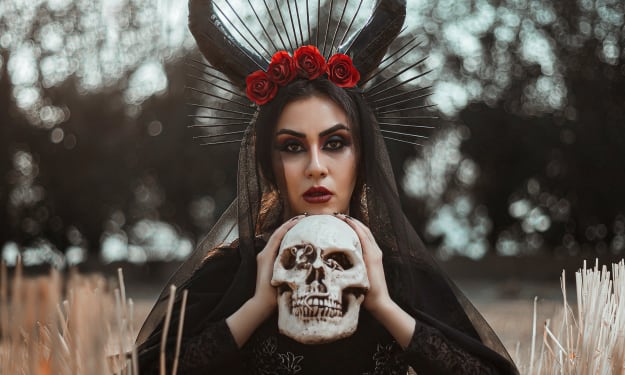history of Indian black magic
Indian black magic

Indian black magic, also known as Kala Jadu or dark arts, has a deep-rooted history that dates back thousands of years. It is known for its powerful and often malevolent practices involving the manipulation of supernatural forces to achieve one's desires. This form of witchcraft is an integral part of Indian folklore and has had a significant impact on the country's cultural and spiritual fabric.
The practice of black magic in India can be traced back to ancient times when various tribes and civilizations believed in the existence of supernatural forces and their power to influence human lives. References to black magic can be found in ancient texts like the Vedas, Puranas, and Mahabharata, where it is depicted as a potent tool capable of achieving both good and evil.
The term "black magic" is often used to describe various occult practices performed using rituals, spells, and potions. These practices involve invoking and appeasing different deities and spirits to harness their powers for personal gain. Black magic practitioners, or witches, are considered to have mastered the art of manipulating these forces and using them to fulfill their desires, which often include causing harm to others.
One of the most well-known forms of black magic in India is Voodoo, which originated in West Africa but found its way to the country through the slave trade. Voodoo rituals involve invoking various spirits and deities to achieve a range of results, from healing and protection to curses and revenge. These rituals often involve the use of symbolic objects such as dolls, charms, and talismans.
Another popular form of black magic in India is Tantra, which combines elements of both black and white magic. Tantra is based on the belief that every individual has the power to control cosmic energies. It involves a complex system of rituals, including the chanting of mantras, performing specific gestures known as mudras, and the use of Yantras or geometric diagrams to invoke deities and channel their energies.
Tantric rituals are often associated with sexuality and are believed to have the power to awaken dormant energies and achieve spiritual enlightenment. However, black tantric practices also exist, where these rituals are used to achieve negative results, such as causing harm to enemies and manipulating others for personal gain.
However, it is important to note that black magic is not universally accepted or practiced in India. While it has its roots in ancient folklore and continues to be practiced by some, it is also widely condemned and considered taboo in many parts of the country due to its association with harmful intentions and unethical practices.
In recent years, there has been a rise in the use of black magic in India for personal gains, revenge, and manipulation. This has led to several cases of witchcraft-related violence, with innocent people being accused of practicing black magic and subsequently subjected to physical and emotional torture.
To counteract the negative effects of black magic and protect innocent individuals, the Indian government has enacted laws against witchcraft and superstition. These laws aim to deter and punish those who engage in harmful practices, while also promoting education and awareness to debunk myths and superstitions associated with black magic.
In conclusion, the history of Indian black magic is a complex and multifaceted one. It has deep roots in ancient folklore and continues to be practiced in various forms despite societal taboos and legal restrictions. While some embrace it as a means to achieve personal goals, others condemn it for its potential harm and unethical practices. Nonetheless, black magic remains an integral part of Indian cultural and spiritual heritage with a strong influence on the country's traditions and beliefs.
About the Creator
Enjoyed the story? Support the Creator.
Subscribe for free to receive all their stories in your feed. You could also pledge your support or give them a one-off tip, letting them know you appreciate their work.





Comments
There are no comments for this story
Be the first to respond and start the conversation.